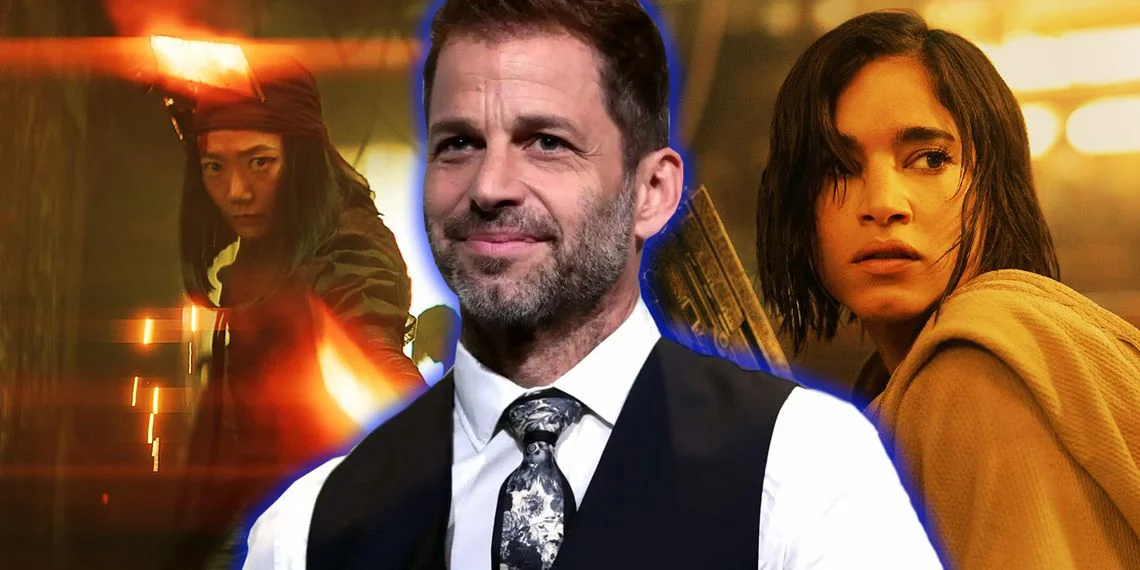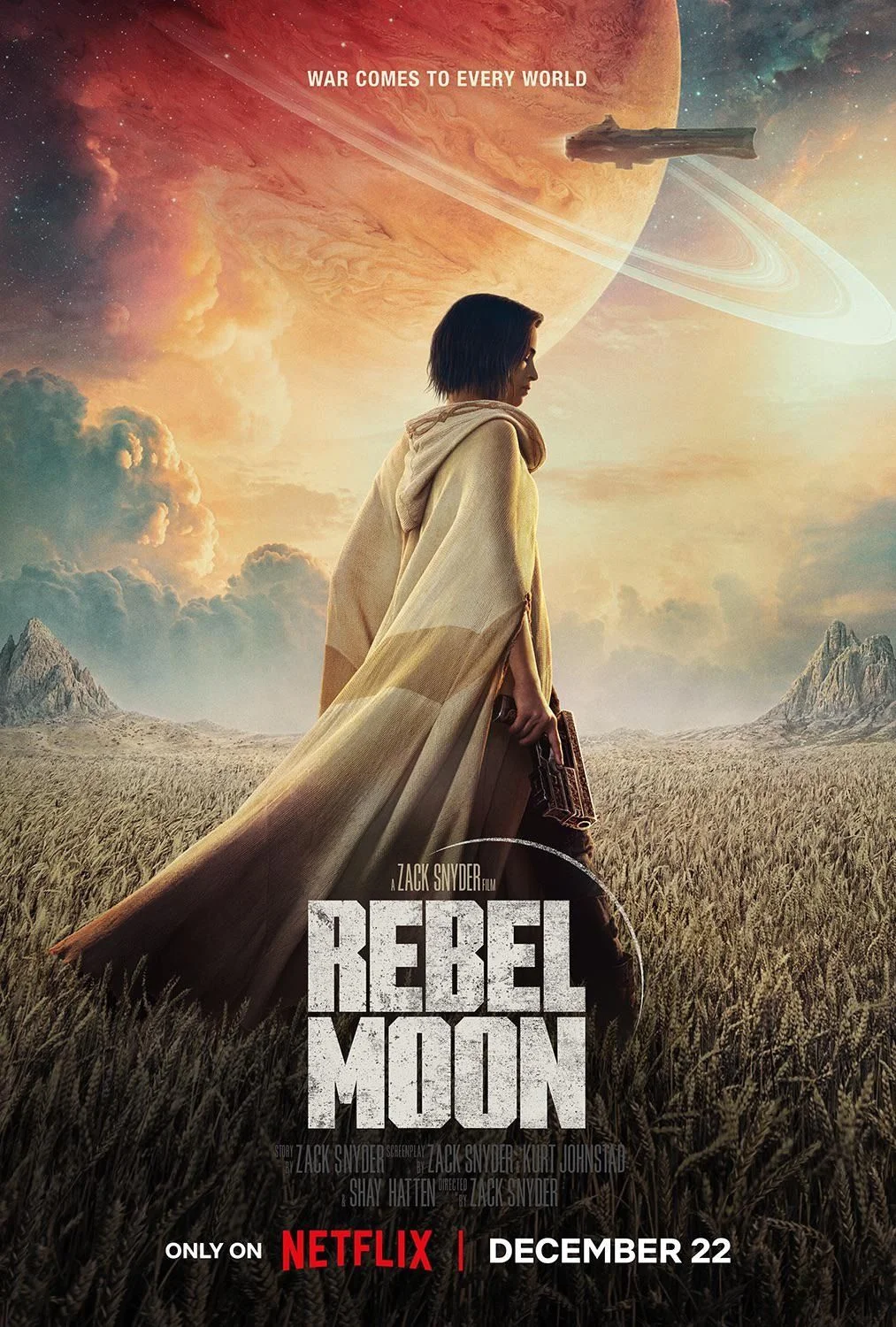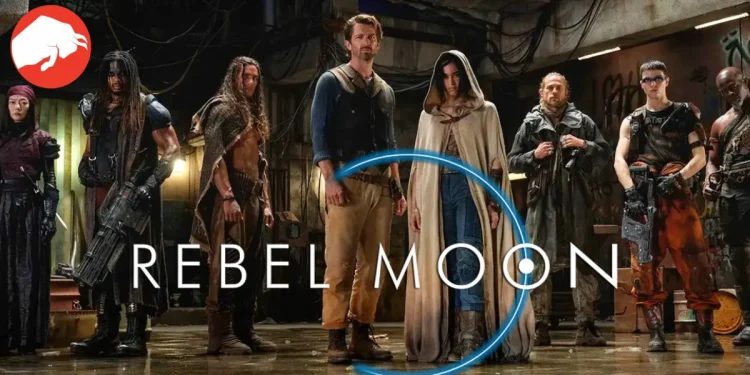Navigating the Waters of Director’s Cuts
Zack Snyder’s “Rebel Moon” is stirring conversations in the film industry with its two-part release, featuring both the original and the director’s cut on Netflix. Unlike the fervently demanded “Snyder cut” of Justice League, “Rebel Moon’s” director’s cut seems to be a strategic, yet somewhat inorganic, marketing move rather than a response to studio interference or public outcry. This new approach prompts a closer examination of the necessity and authenticity of director’s cuts in modern cinema.
The Evolution and Significance of Director’s Cuts
The concept of a director’s cut has long been a part of cinematic history, often seen as a means to restore a filmmaker’s vision that was compromised due to studio demands or time constraints. Classics like “The Lord of the Rings” and “Blade Runner” have seen extended or revised versions, much to the delight of fans who crave a deeper dive into the stories they love. However, with the rise of director’s cuts being used as a marketing tool, one must ponder if the purity of this concept is being overshadowed by commercial interests.

Snyder’s Quest for the Ultimate Vision
Zack Snyder stands out as a filmmaker consistently pushing for his director’s cuts, seeking to share the untainted essence of his vision with the audience. From “Batman V Superman” to “Justice League,” Snyder has made it clear that the versions released in cinemas are but a glimpse of what he intended. While some cuts have been celebrated for adding depth and coherence to the narrative, others have been critiqued for being excessive or unnecessary.

The Questionable Necessity of Imposed Limits
In today’s cinematic landscape, where movie lengths are stretching and streaming services offer the flexibility of viewing, the need for two separate cuts seems increasingly redundant. Snyder’s insistence on releasing an initial version followed by a director’s cut challenges the notion of artistic completion and audience patience. With the ability to pause and resume, viewers are more willing than ever to immerse themselves in lengthy narratives, raising the question: why not deliver the best version right from the start?
Anticipating the Director’s Cut of Rebel Moon
“Rebel Moon” is set to offer a more intense, R-rated director’s cut, promising additional scenes and a deeper exploration of its universe. While fans and critics alike await this version, skepticism remains about the value it adds over the original. The release strategy has undoubtedly sparked curiosity, but whether it enhances the film’s reception or serves as a testament to an indulgent trend in filmmaking remains to be seen.

As the debate around the necessity and impact of director’s cuts continues, “Rebel Moon” stands as a case study in the evolving dynamics between directors, studios, and audiences. With its impending director’s cut release, Zack Snyder once again invites viewers into his imaginative realm, challenging them to consider the true essence of cinematic storytelling and the lengths to which they are willing to go to experience it in its fullest form.









